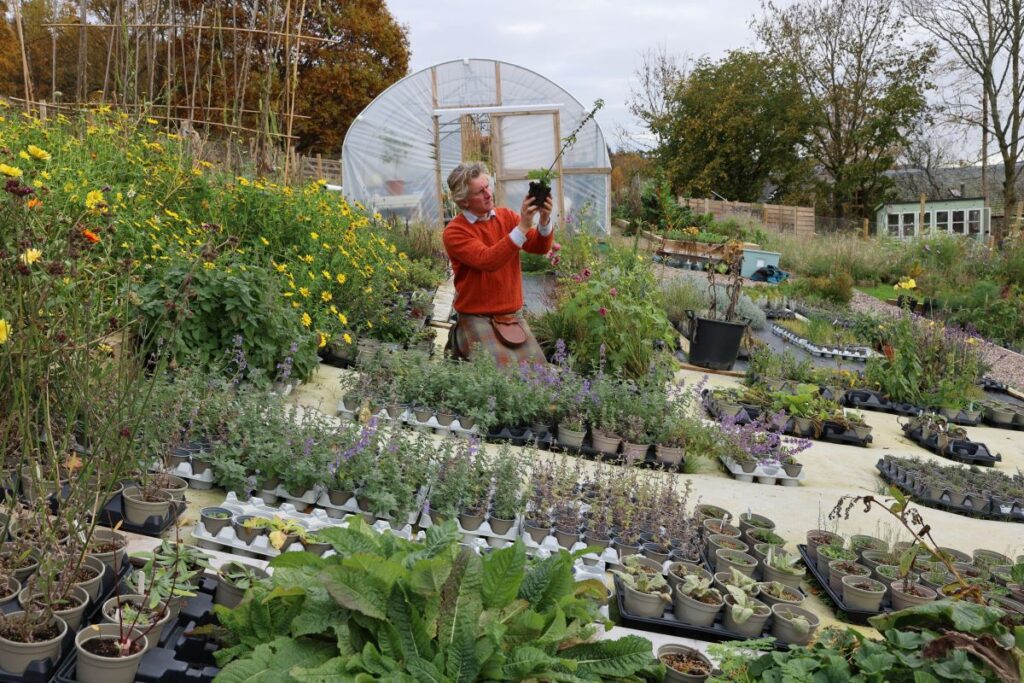
Gardening Column, Hamish Martin: ‘It is easy to see why gorse has always been so closely linked to the sun’s energy and light’
Gorse tends to start to flower early and can be seen even in March but it isn’t till May that it comes into full bloom when the hills look like a bright yellow explosion and the air is scented with its sweet subtle coconut aroma.
There is a lovely saying that ‘when gorse is in flower, kissing is in season’ – I love this saying and anyone who is a fan of Cicely Mary Bakers flower fairy paintings, which I am, will smile at the two fairies kissing on the gorse flowers.
It is easy to see why gorse has always been so closely linked to the sun’s energy and light.
There is something about taking a walk and stopping to smell the flowers and gently pull a flower off. But be careful not to get pricked by its spikes.
The flavour of gorse is reminiscent of almonds or fresh peas. I always feel it is a mood enhancer and can alleviate feelings of despondency and melancholy, making you look on the brighter side of life. Don’t, however, go eating handfuls of the flowers though as they contain low levels of toxic alkaloids.
Gorse was once a valued herbal remedy. Gorse flower tea was recognised as an excellent liver and digestive tonic and the flowers are rich in flavonoids and antioxidants making them valuable in respiratory health. You could also use the flowers to make a poultice or infuse the flowers in oil and apply topically for skin conditions like acne.

I personally have never used the flowers in cooking but I believe they make an excellent ice cream and syrup. I know a few gin producers who use the flowers in their gins.
A lot of people will look at gorse as an invasive offensive plant, but what it does do is to bring balance back to the earth and adds nitrogen back into the soil. Birds love to shelter in the dense prickly thicket and the flowers provide a great source of nectar for bees and butterflies.
Our early man would definitely have looked upon gorse as a gift. It is part of the Ogham alphabet or ‘Celtic Tree Alphabet’ and represents the letter ‘O’, thought to provide protection, resilience and optimism.
It was also a useful fuel as the wood burned so fast and hot that it was perfect for making bread and the ashes were used to make soaps. It was also used as animal fodder, fencing and even in brick making which meant it had a significant economic importance.
The next time you look to the hills and see a blast of the brightly golden, yellow flowers allow their energy to lift your heart and bring light into your life.
Read more Garden stories here.
Subscribe to read the latest issue of Scottish Field.
TAGS

